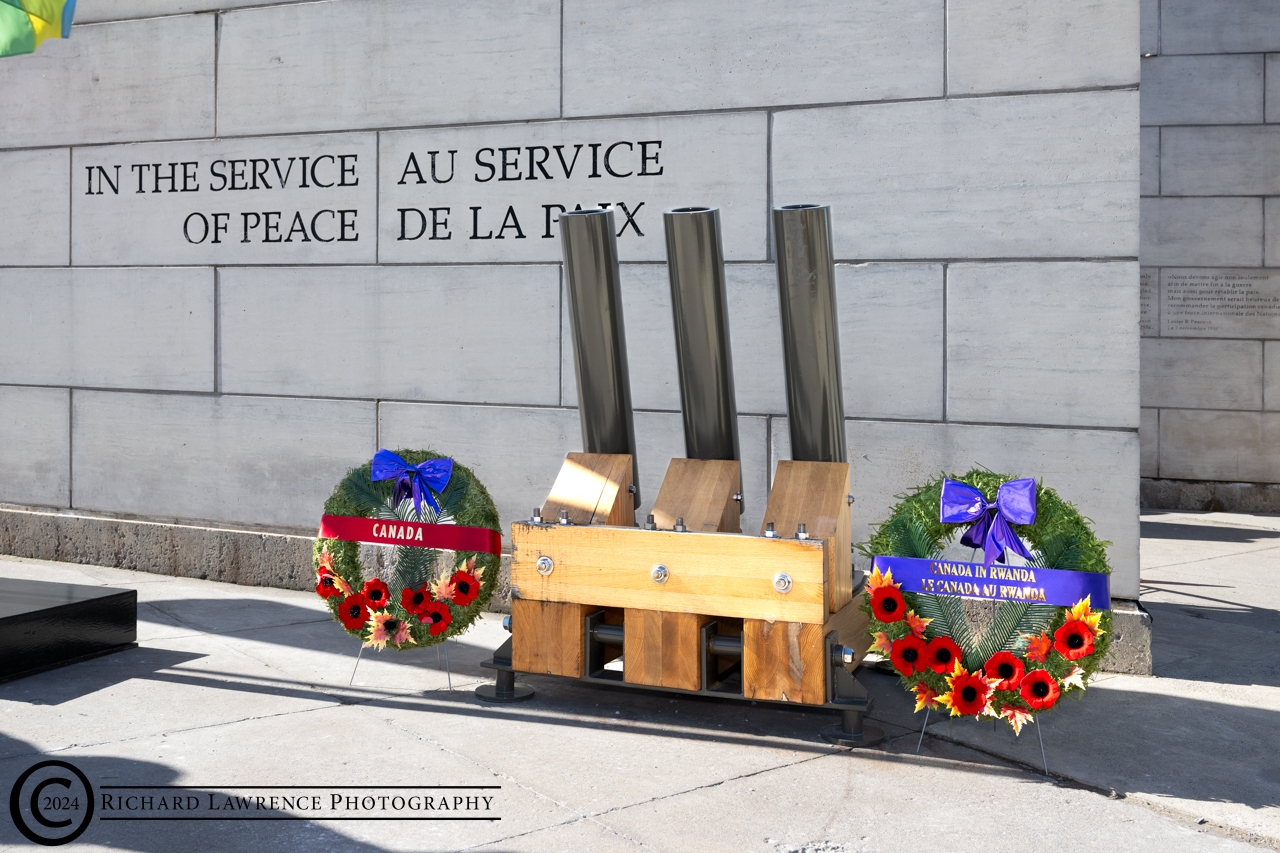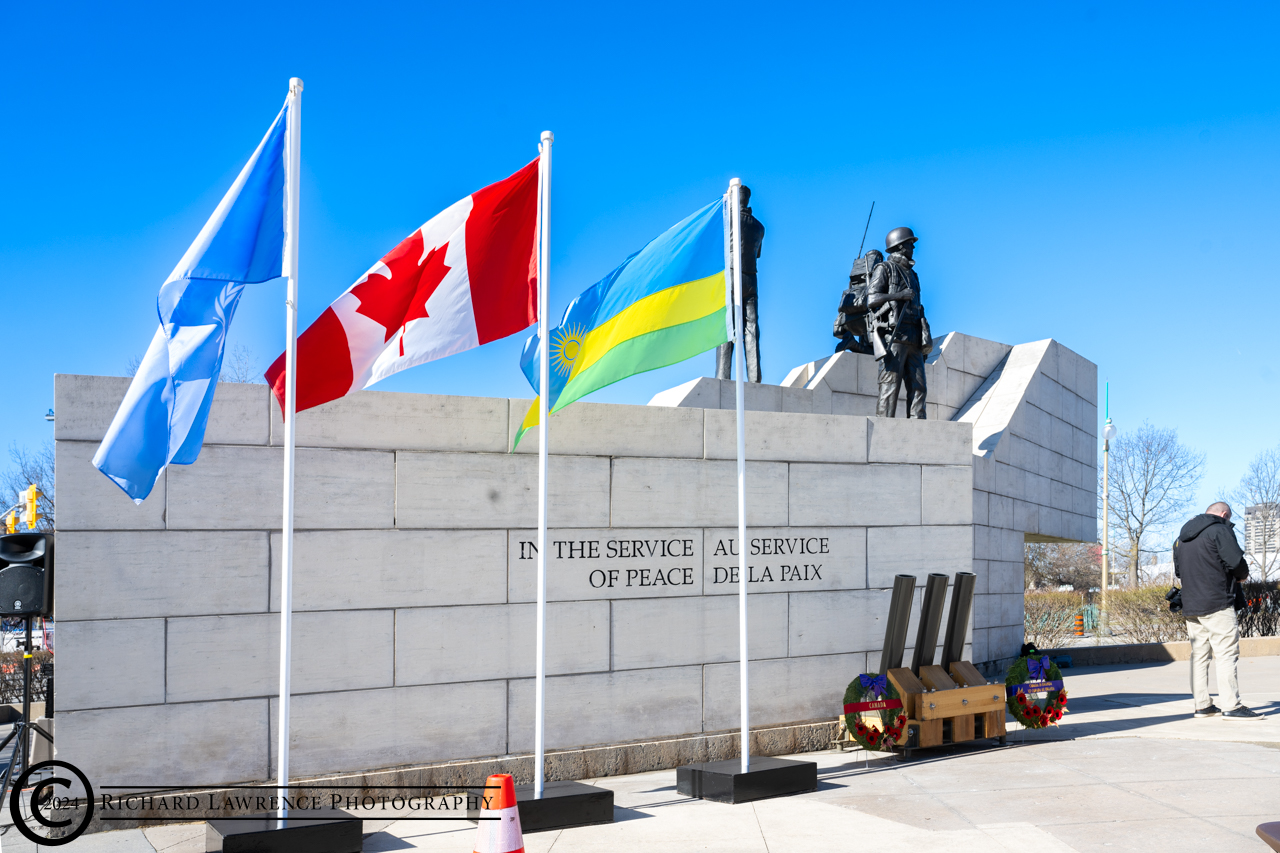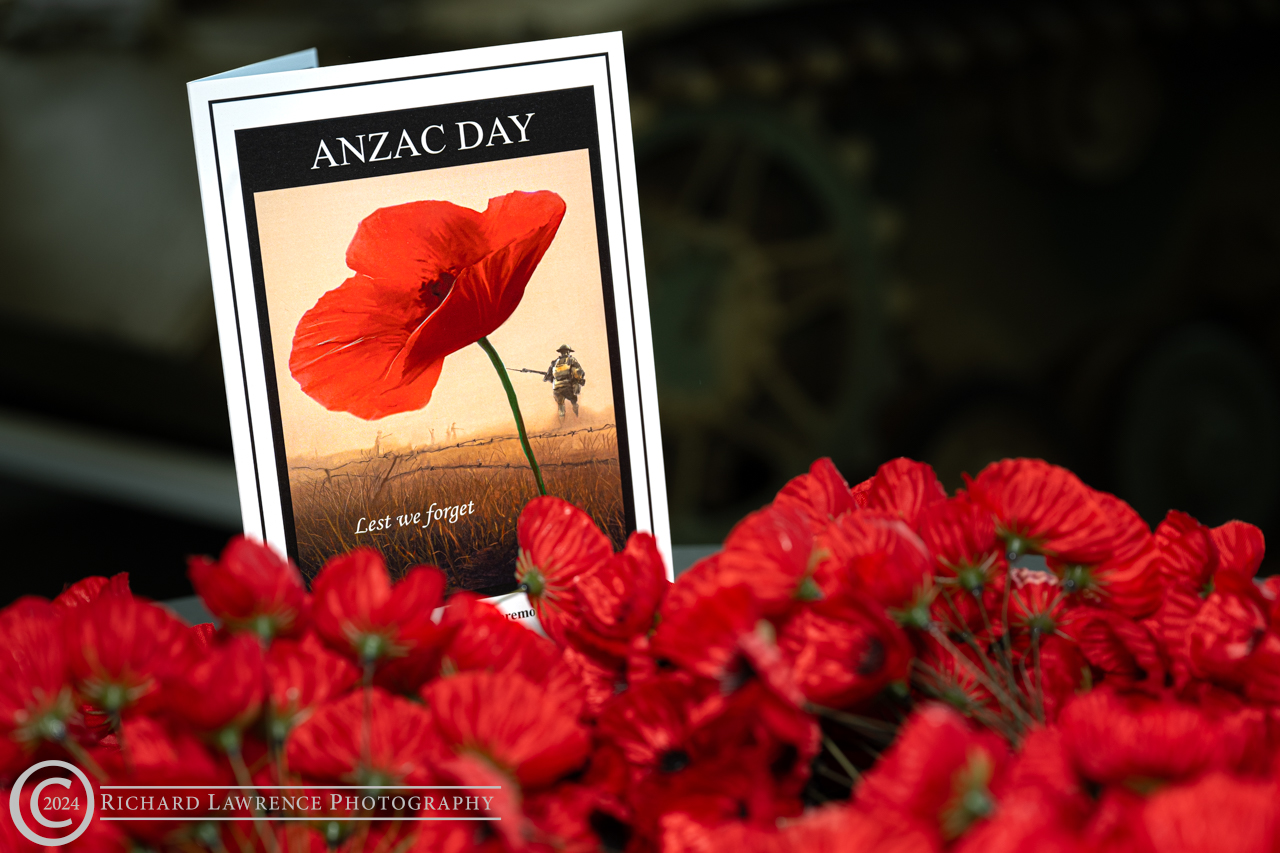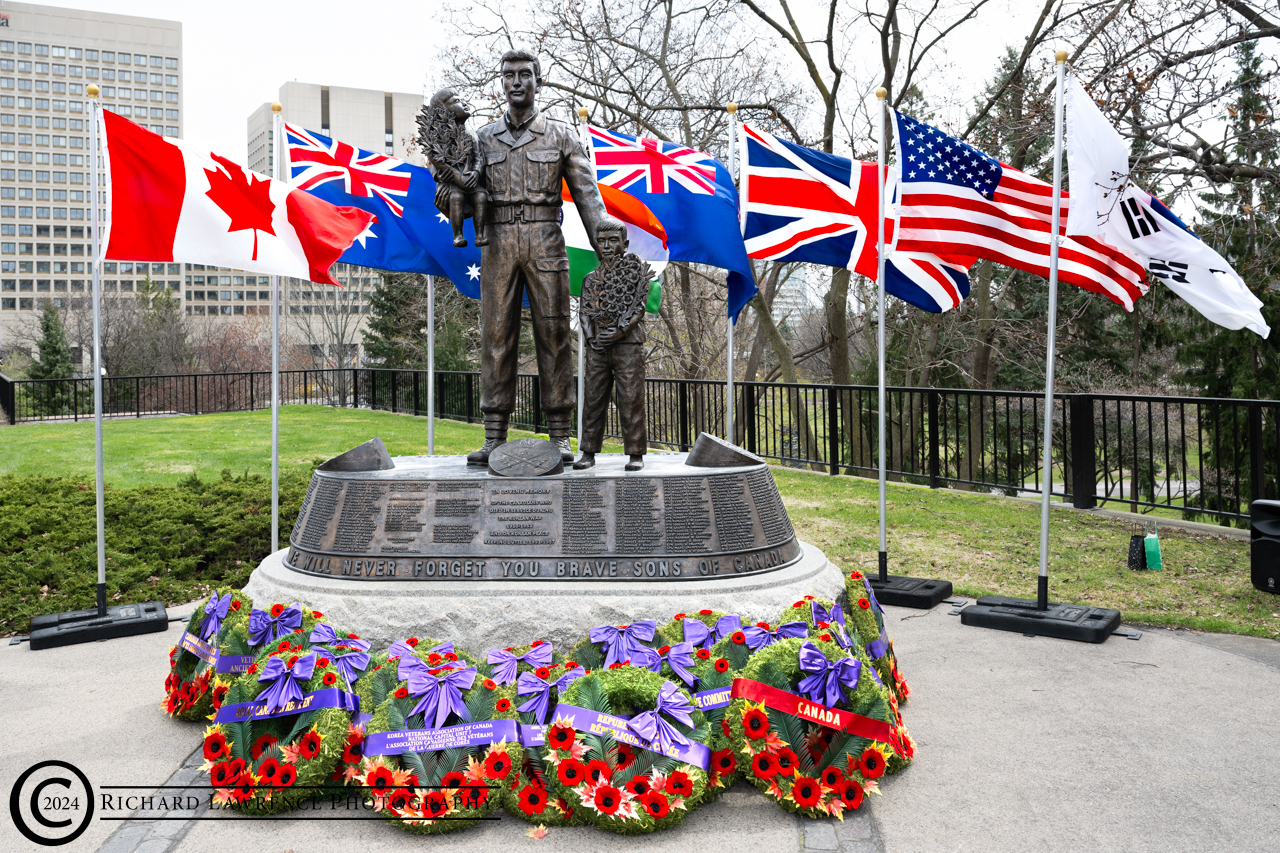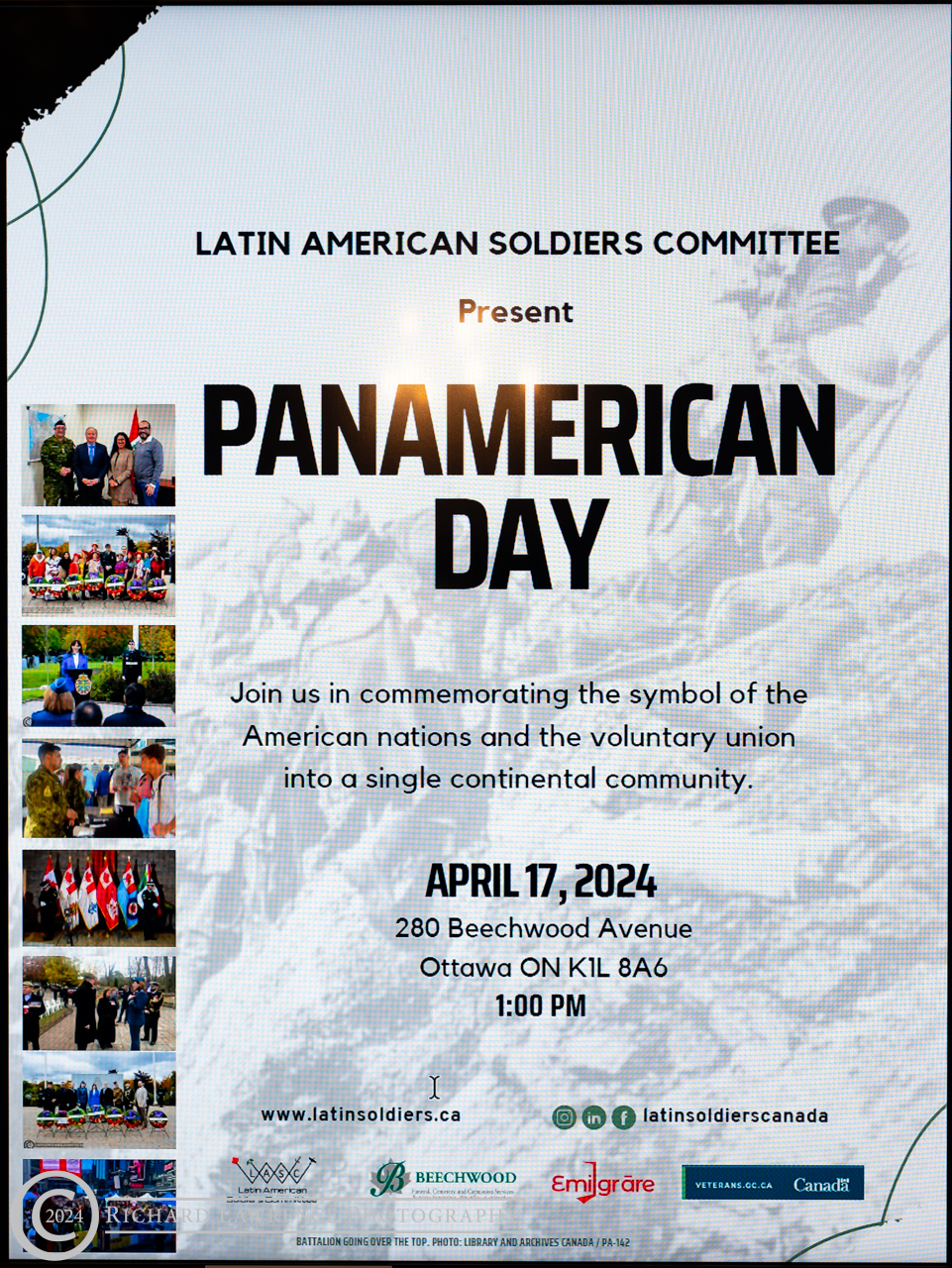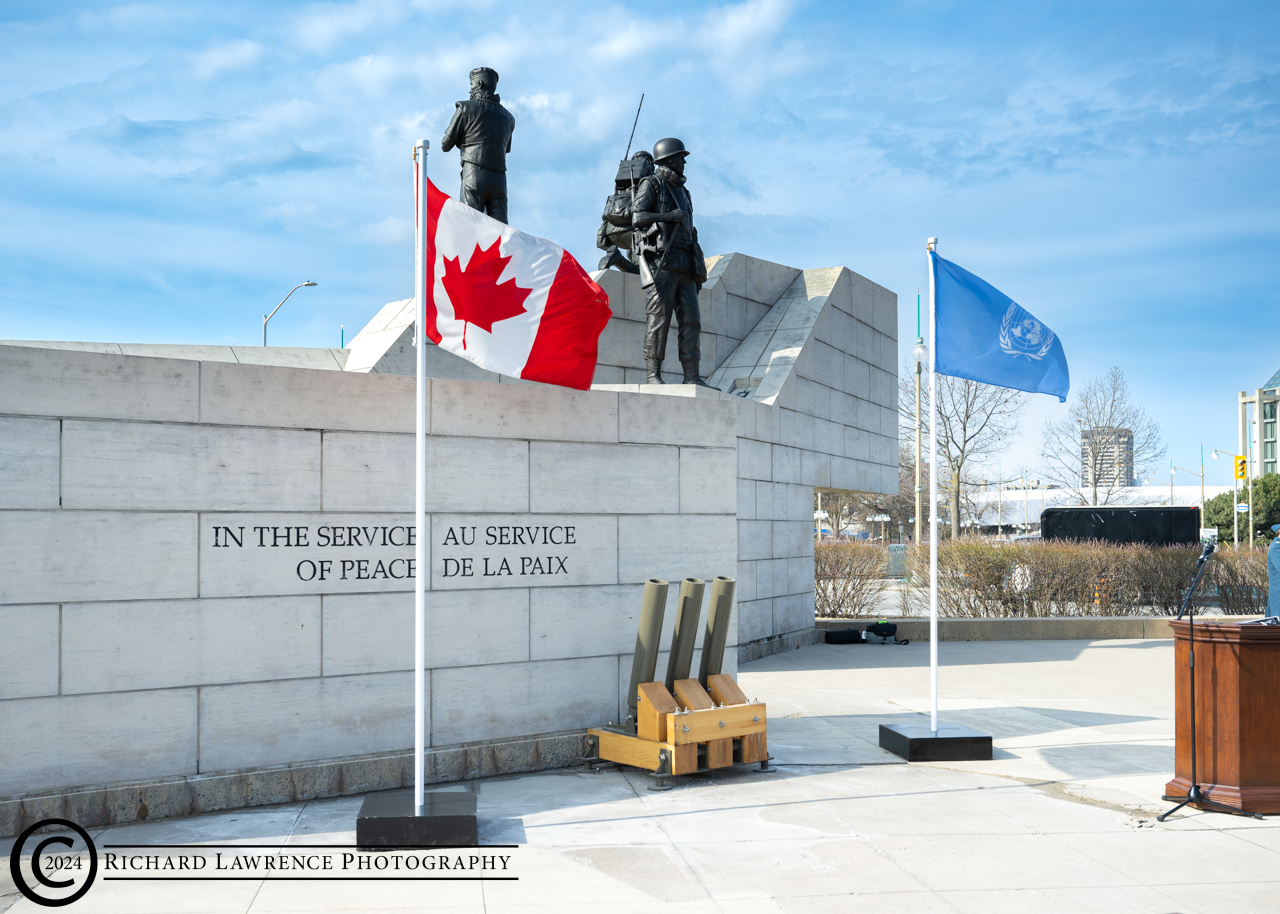Thirty years ago, the genocide of between 800,000 to 1,000,000 Rwandans, mostly ethnic Tutsis with moderate Hutus, were massacred by the Hutu-based government. Today (7th April, 2024) a ceremony commemorating the 30th anniversary of that event was held at the Reconciliation Monument in Ottawa to remember those killed so that it hopefully never occurs again. The ceremony is known as the International Day for Reflection on the 1994 Genocide in Rwanda.To see the pictures from the event, CLICK HERE: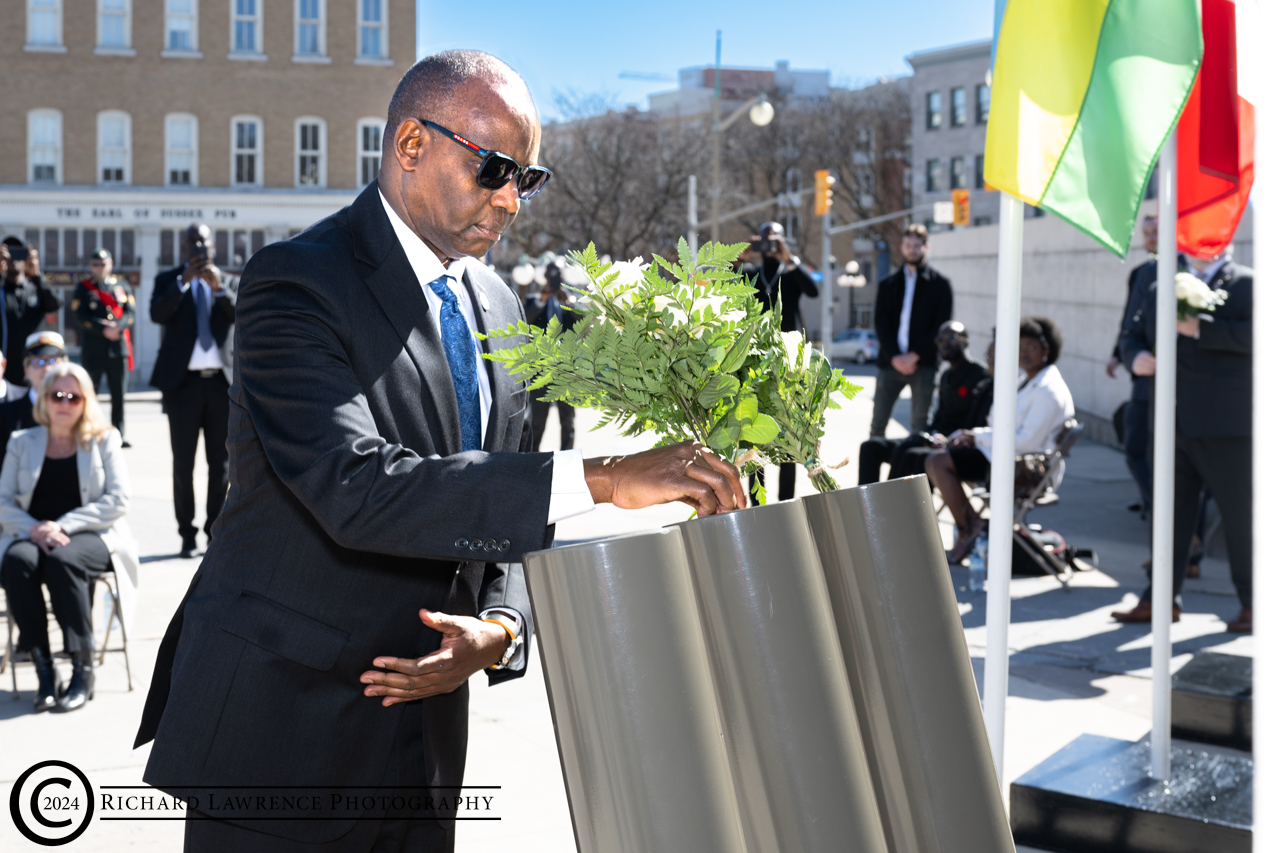
Rwanda is a small central Africa covering about 26,000 square kilometres with a population, in the early 1990s, of approximately eight million people, primarily from two tribes: the Hutu and the Tutsi (majority). In the 15th century, Rwanda was established as a kingdom under Tutsi rule until 1885 when it became a German colony of German East Africa. As the colonizers (Germany) arrived, they classified the inhabitants and, as the Tutsis were the monarchy and ruling peoples, gave preference to the Tutsis as a superior “race” thereby exacerbating the centuries old rivalries between the two tribes.
After the German defeat in WWI, the land became part of the Belgian colony, Ruanda-Urundi. The monarchy was controlled by the colonial government and practiced pro-Tutsi policies inherited from the German influence and eventually a Hutu-led revolution in 1960 (the Rwandan Revolution) toppled the monarchy and led to the establishment of a Hutu-dominated republican government in 1960 followed by independence in 1961. The revolution was noted for ethnic massacres and over 300,000 Tutsis and moderate Hutus fled the country into exile.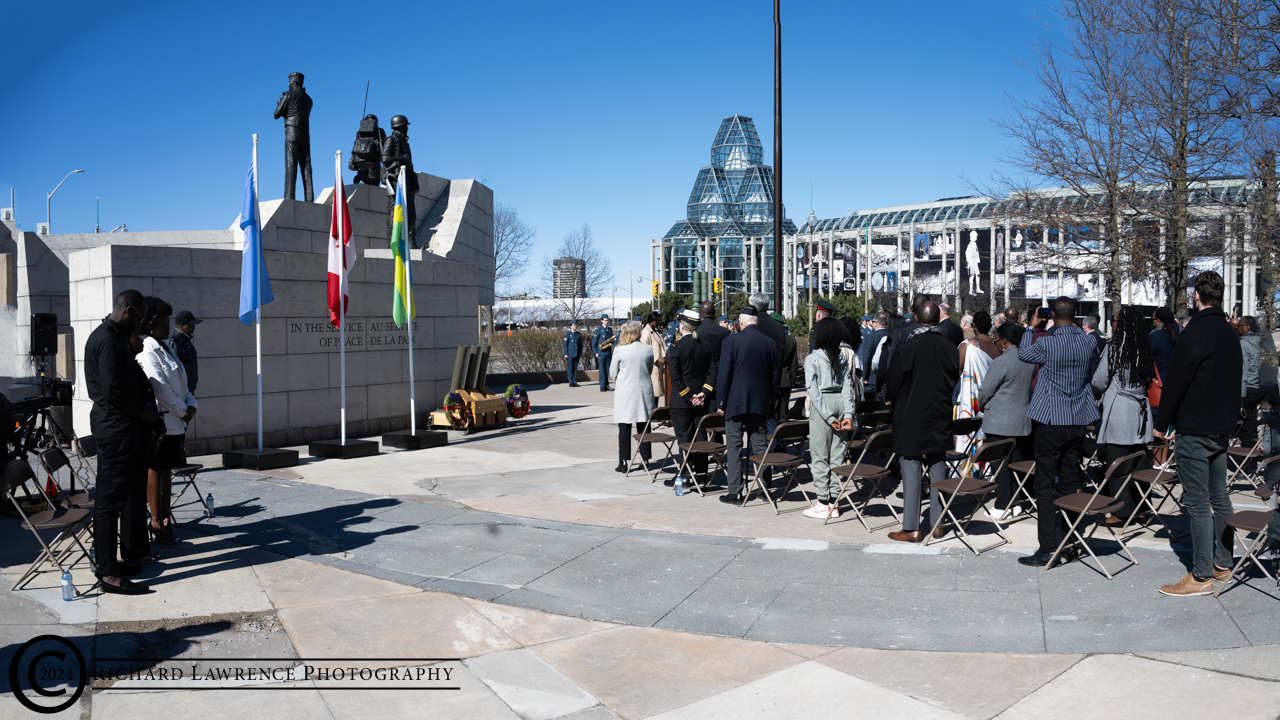
In the late 1980s, the Rwandan Patriotic Front was formed with its members being largely those Tutsis and moderate Hutus who fled the revolution. They soon began attacks on Rwanda to challenge its Hutu government. These new rounds of violence displaced hundreds of thousands more Rwandans with the situation deteriorating and heading toward a full-scale civil war. The violence continued for years.
On 22 June 1993, the United Nations Observer Mission Uganda-Rwanda was formed. Its goal was to ensure no outside military aid reached Rwanda to prevent further violence. Canada’s Major-General Roméo Dallaire was its Chief Military Observer with the CAF naming Canada’s involvement in this mission Operation LANCE. In January, 1994, Dallaire informed the United Nations of information he had received about weapons caches and a planned attack/genocide and requested permission to raid the caches. Instead of support, Dallaire was rebuked for exceeding his mandate and refused permission. UNAMIR became, in effect, nothing more than a bystander to what would follow.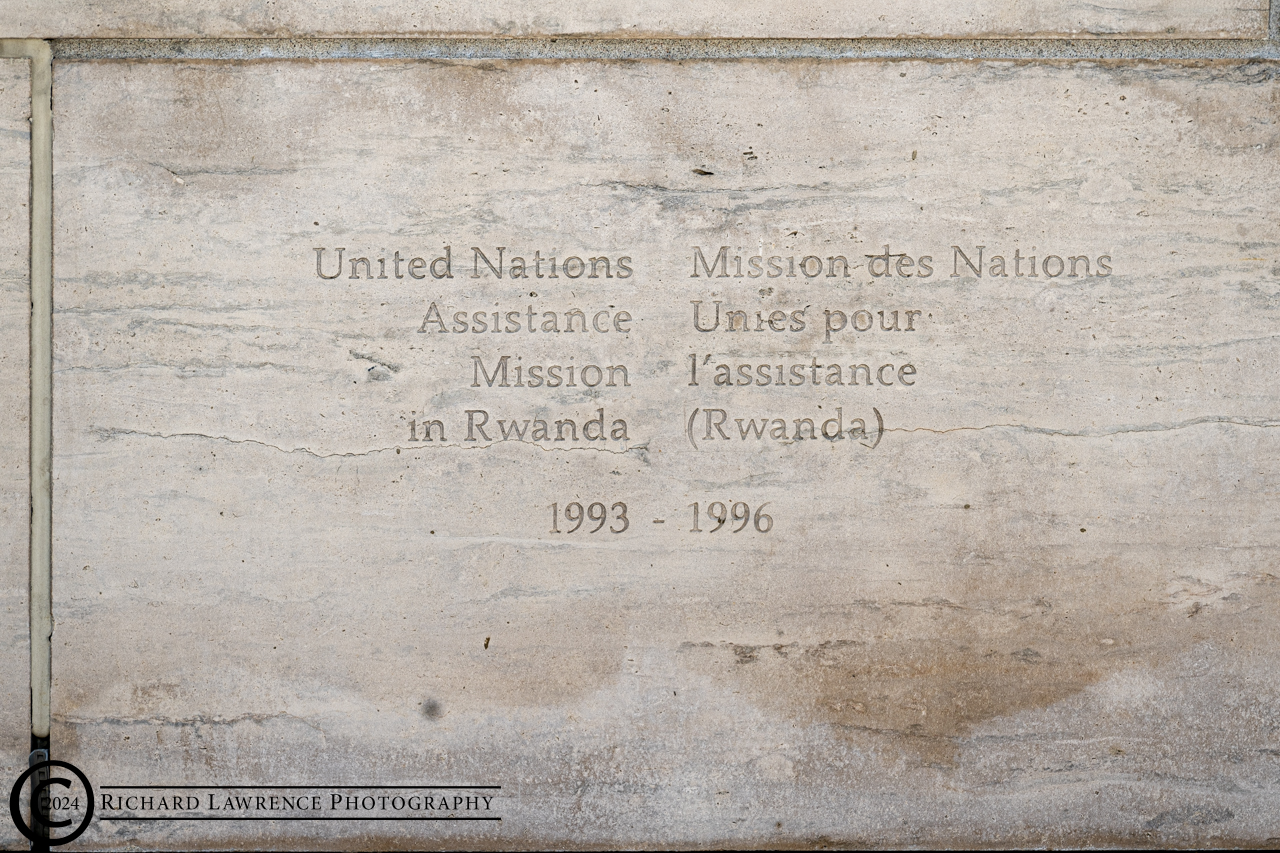
On the 6th April, 1994, an aeroplane carrying the Hutu born President of Rwanda, Juvénal Habyarimana, was shot out of the air, signalling the start of one of the bloodiest mass killings in history with the Hutu killing between 800,000 – 1,000,000 Tutsis (majority of the murdered) and moderate Hutus. Political assassinations started the next day as well as the arrest and execution of 10 Belgian peacekeepers, now in-country as part of the United Nations Assistance Mission in Rwanda (UNAMIR). General Dallaire, noted immediately what was going on and called the United Nations headquarters for recommended actions and orders for the UN Forces in country and was told to not engage or become involved.
In fact, the peacekeepers were tasked with protecting and moving Europeans to safety yet could only endure the savagery and barbarity of the massacres going on around them, many committed with machetes, clubs, spears and other low-tech weapons. On 12 April, 1994, the Belgians pulled their peacekeeping forces out because the United Nations refused to provide additional support and resources. In one case, the Belgians had been sheltering 2,000 Rwandans which they abandoned on the orders of the United Nations and the Belgium government to help evacuating Europeans. Upon their leaving, the Hutu militia moved in and killed them all.
UNAMIR was probably the biggest failure of the United Nations, both in outcome and top-level leadership. The killing of 800,000+ Tutsis and moderate Hutus took only 100 days.